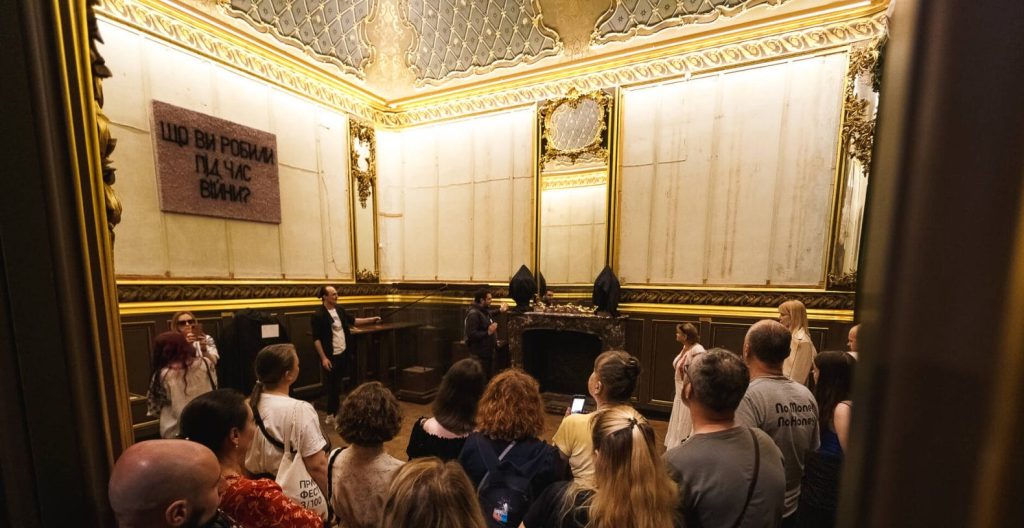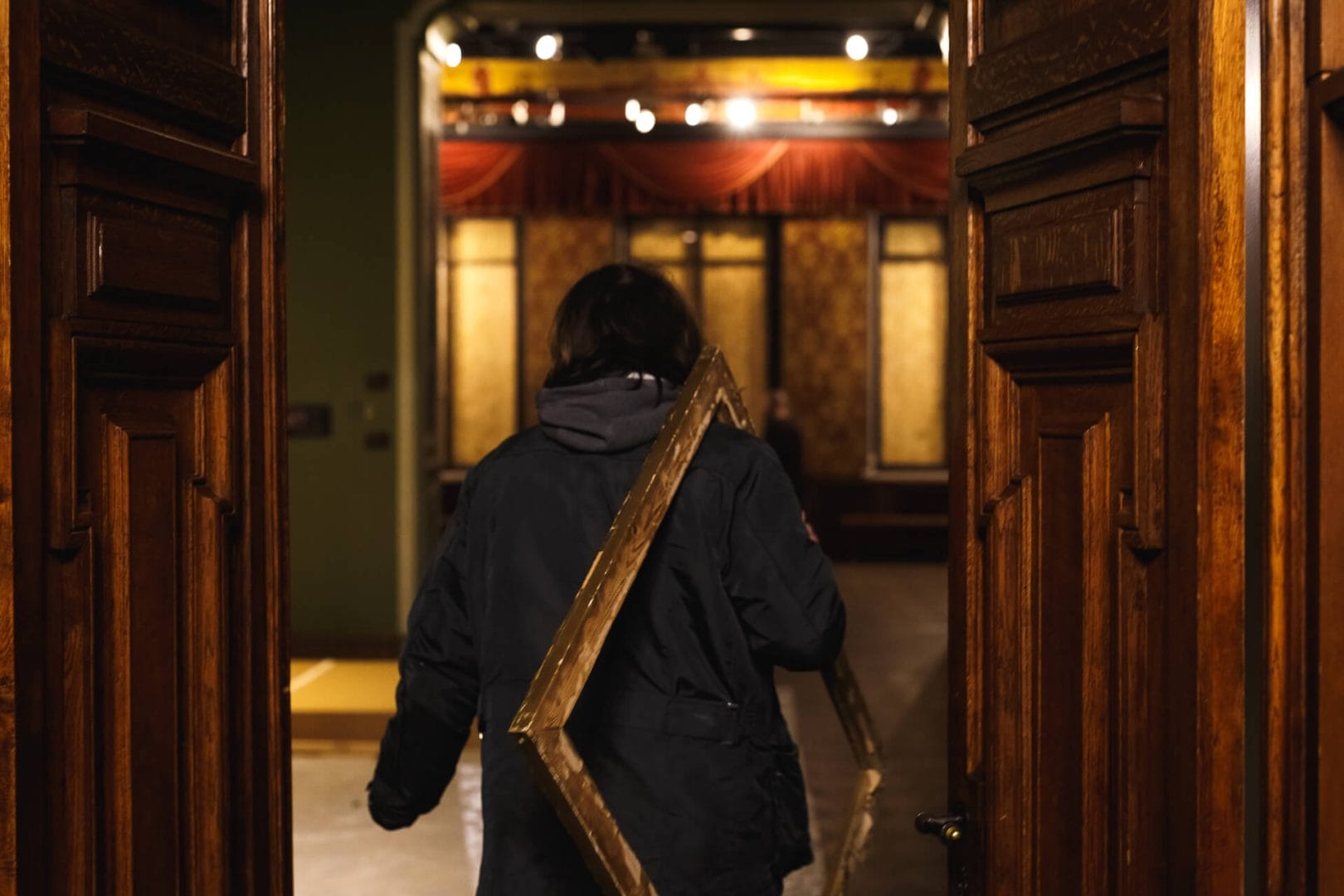It is worth noting that four employees of the Khanenko Museum are serving in the Armed Forces of Ukraine. Among them are Oleh Bilyi, Rostyslav Volkovoi, Dmytro Gurskyi, and Andrii Onyshchuk. The Museum team is grateful to them, as well as to all Ukrainian soldiers, for their choice, courage, and for the fact that the museum can continue to work for visitors and carry out exhibition, research, and educational projects.
We would like to thank our partners for their contribution.
We are very grateful for your support: ALIPH Foundation, French Institute in Ukraine (Institut français d’Ukraine), UNESCO, National Heritage Institute of France, Goethe-Institut, Embassies of the United States, France, the Netherlands, Poland, World Monuments Fund, Museum for Change, House of Europe, Heritage Emergency Response Initiative, Cultural Emergency Response, Andriivsko-Peizazhna Initiative, Ukraine Art Sid Center, World Heritage Watch, “Zgraya”, Squat 17b cultural and artistic space, Lenbachhaus und Kunstbau München, Universität der Künste Berlin.




